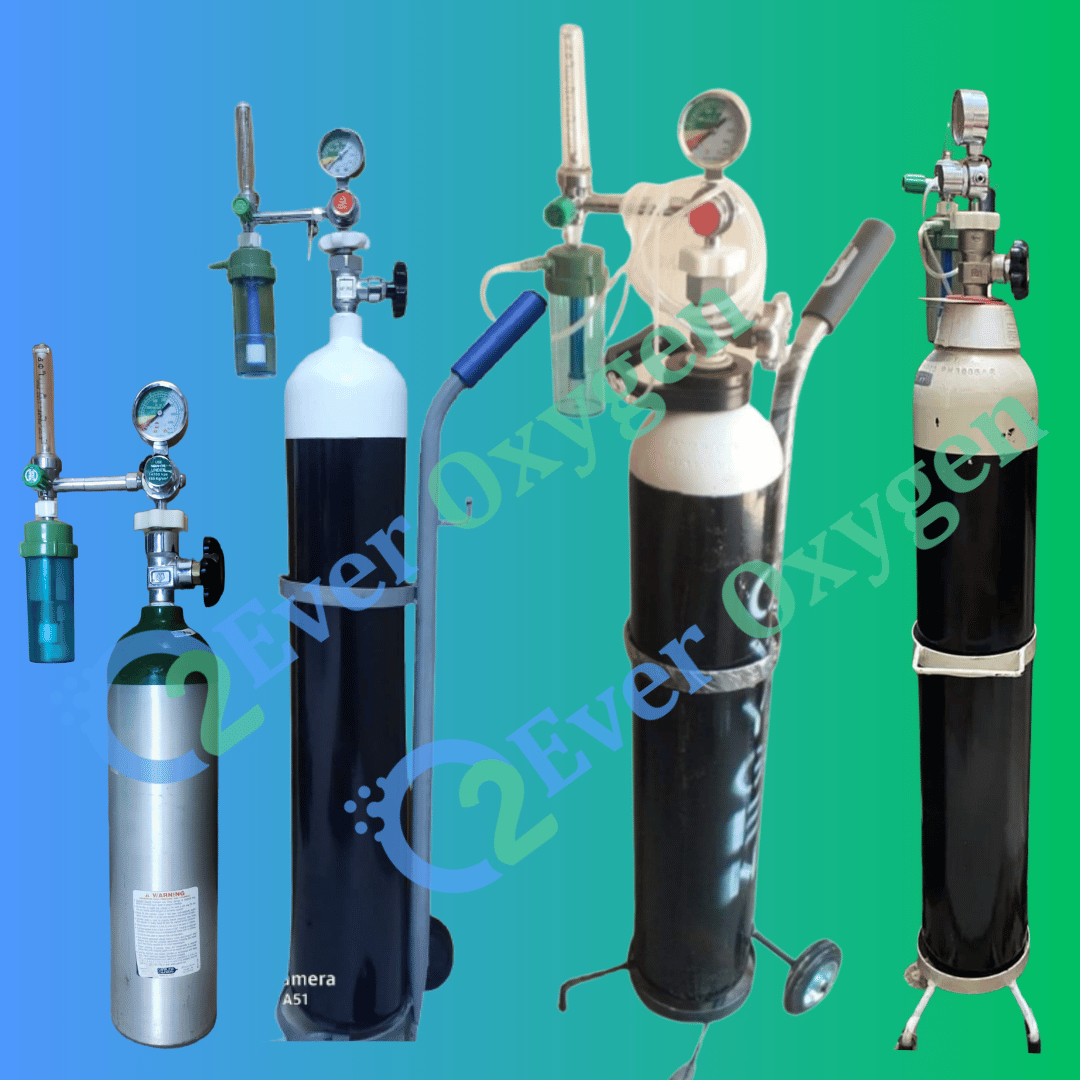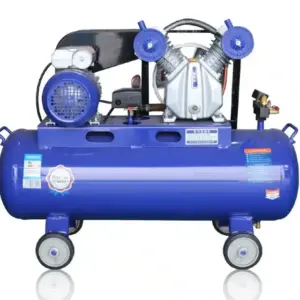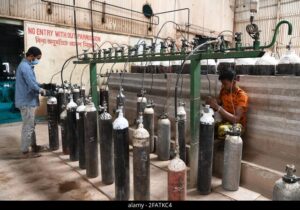
Discount up to 35% for first purchase only this month.

Compressing oxygen into a cylinder is a complex and dangerous process that should only be attempted by trained professionals. There are many risks involved, including:
If you are not trained in compressing gases, let professionals handle the task. However, if you are interested in learning more about the process, here is a general overview.
You will need an oxygen cylinder, a compressor, a pressure gauge, and a safety valve. You will also need personal protective equipment, such as safety glasses, gloves, and a respirator.
Ensure all your equipment is in good working order and properly connected. Additionally, make sure that the area where you are working is well-ventilated.

Turn on the compressor and slowly increase the pressure. Be sure to monitor the pressure gauge closely and stop the compressor if the pressure gets too high.

Once the pressure is high enough, open the valve on the cylinder and allow the oxygen to flow in. Be sure to close the valve when the cylinder is full.
Once the cylinder is full, slowly release the pressure using the pressure release valve. Be sure to do this slowly to avoid damaging the cylinder.
Once you fill the cylinder and release the pressure, store it in a safe place away from heat, sparks, and flames.
Safety tips:
Consistent and reliable shipping – that's our promise.
We're here to help! Get fast and friendly solutions to your questions.
Shop with confidence. Money back guaranteed.
Your payment information is safe with our secure systems.
